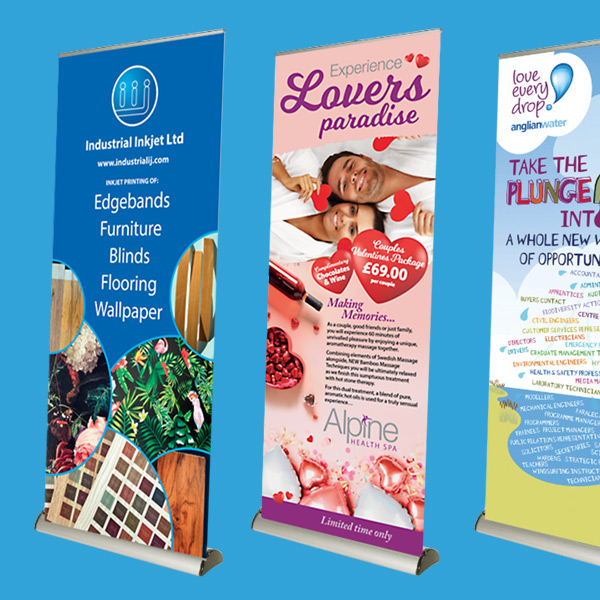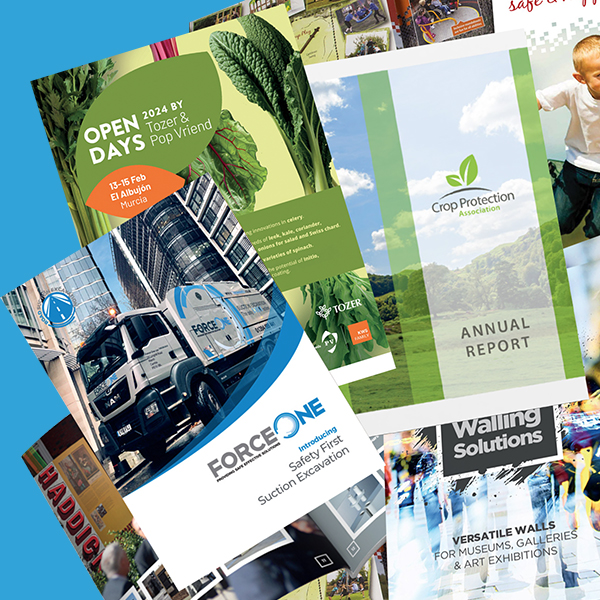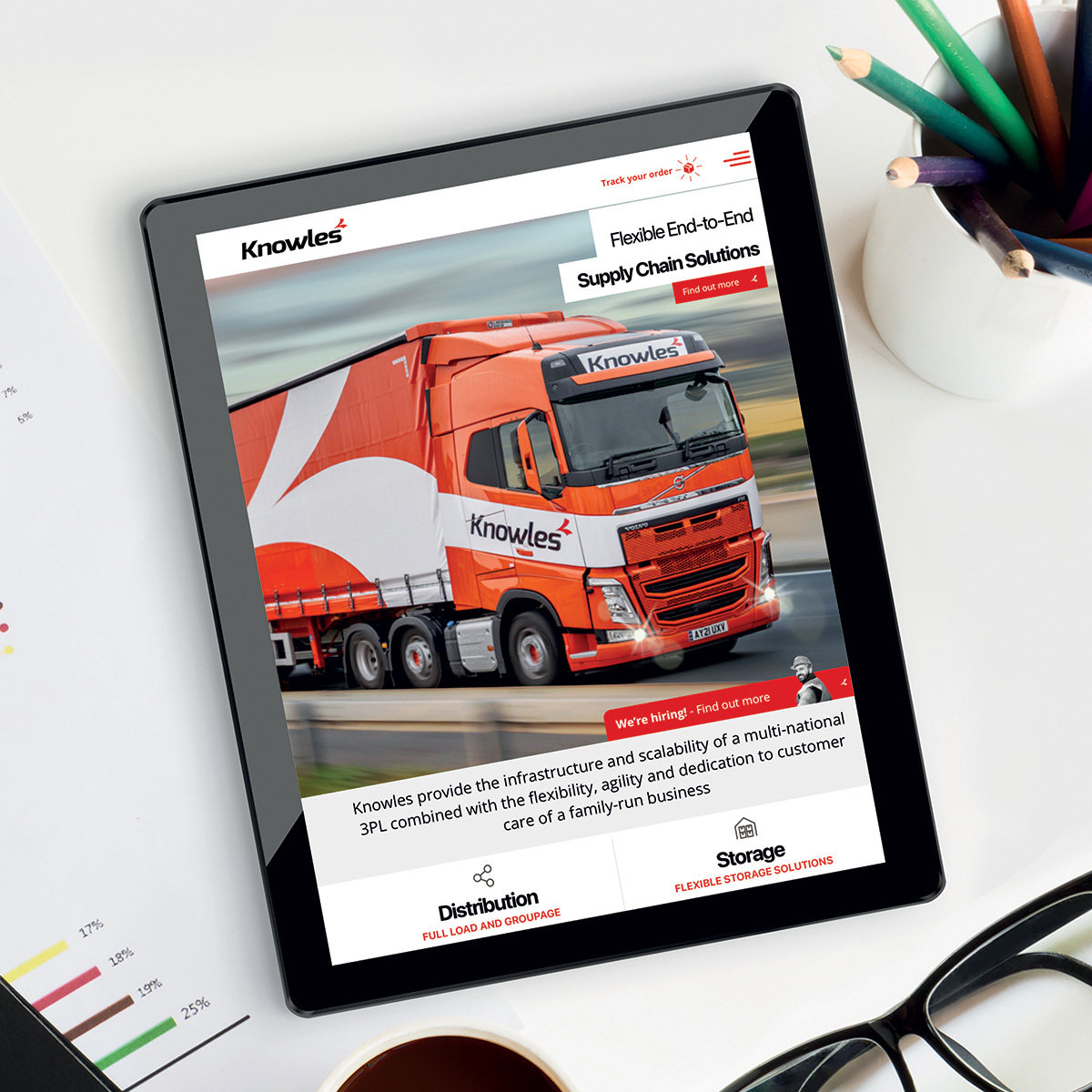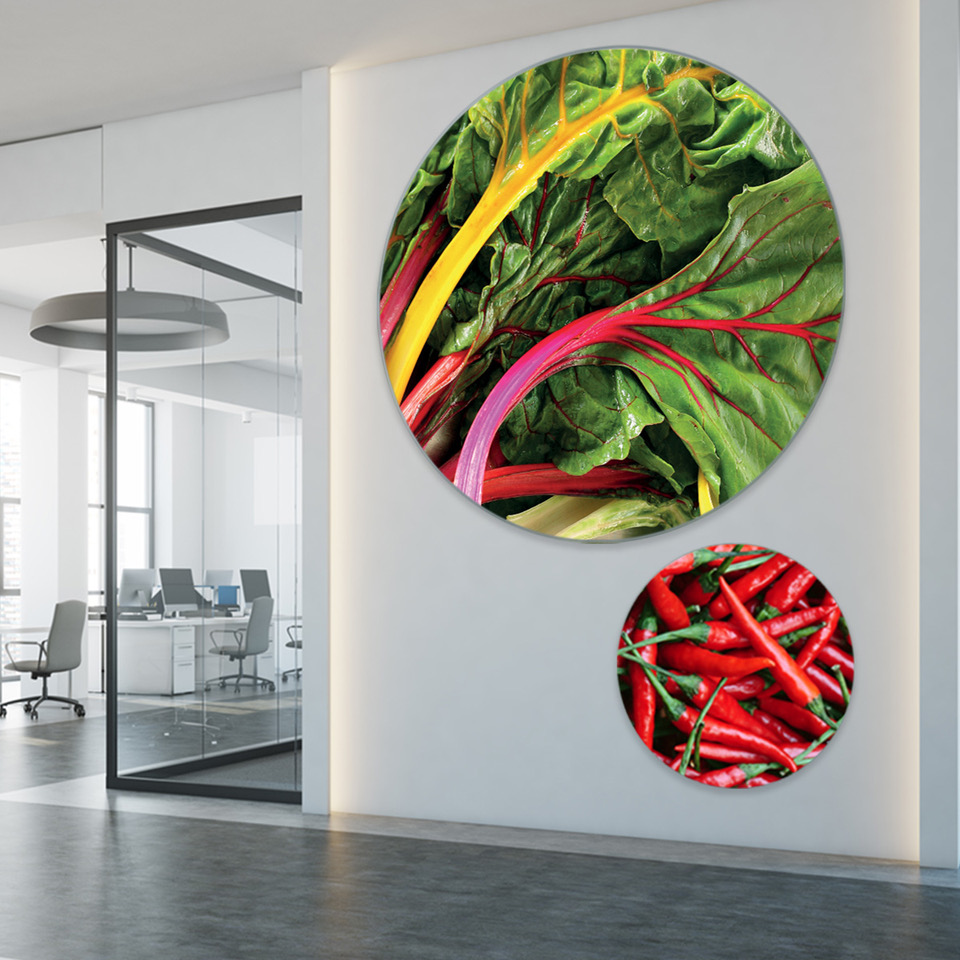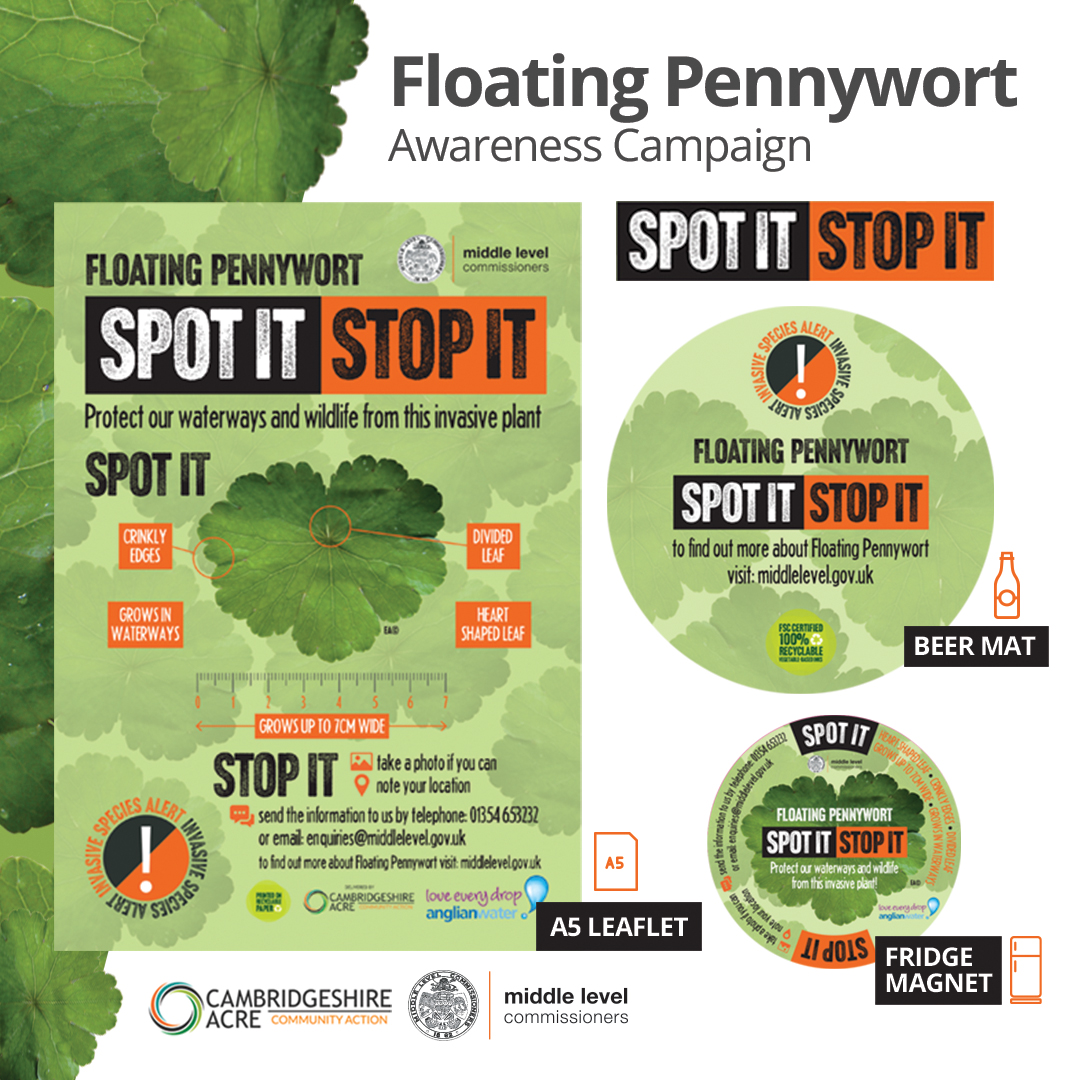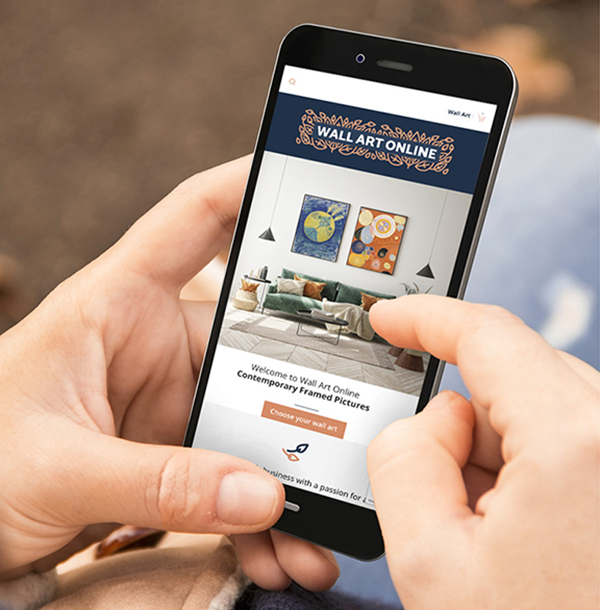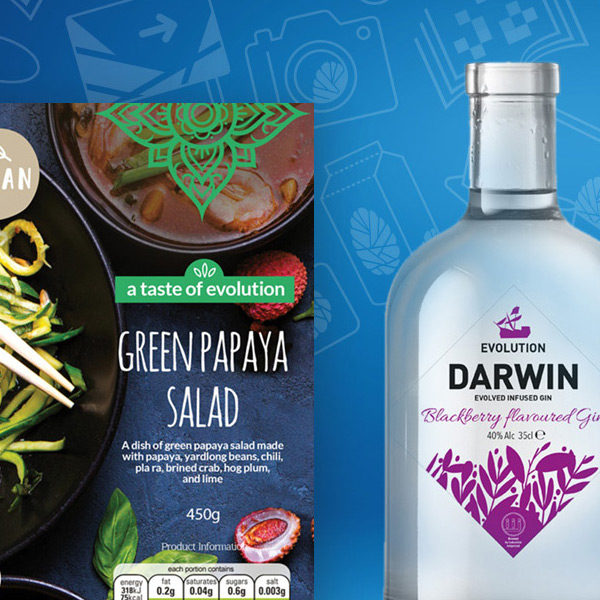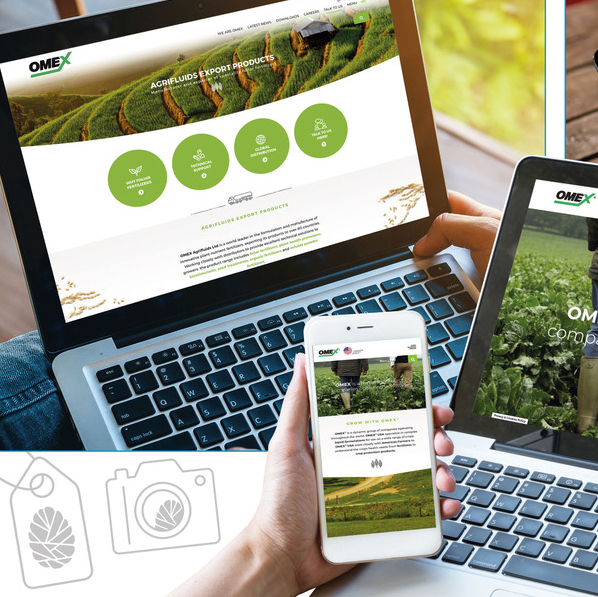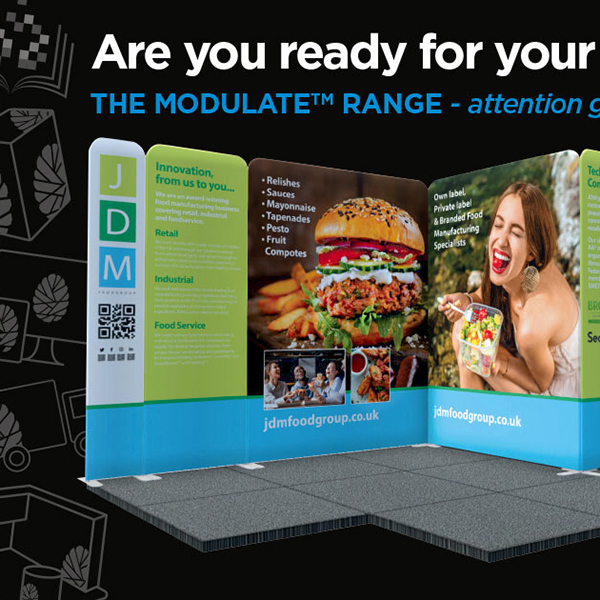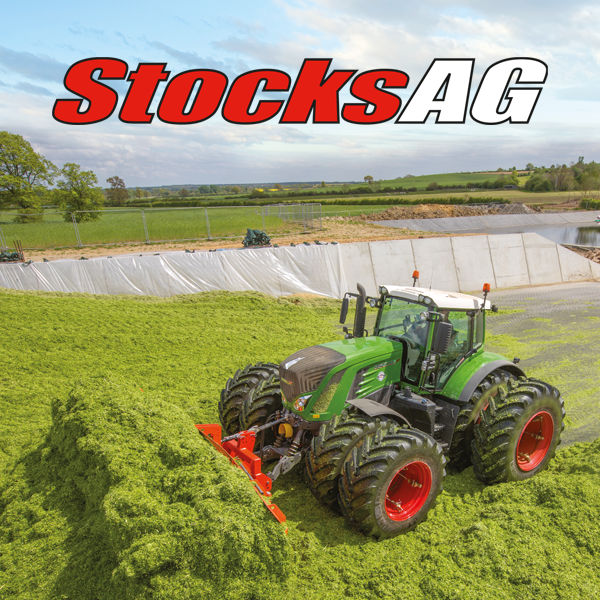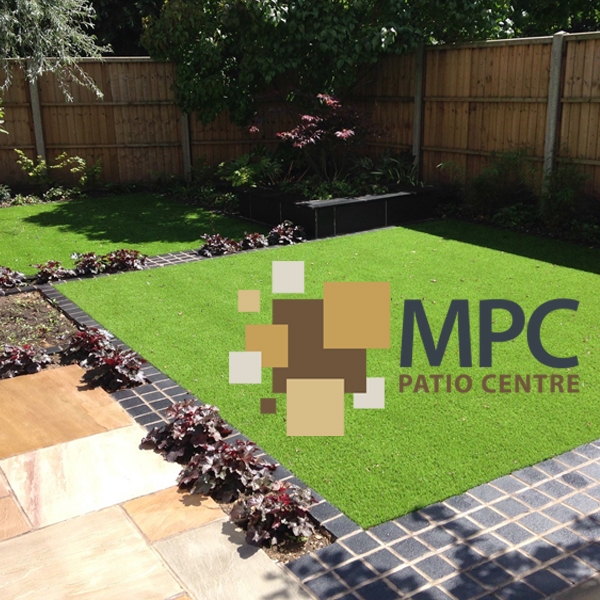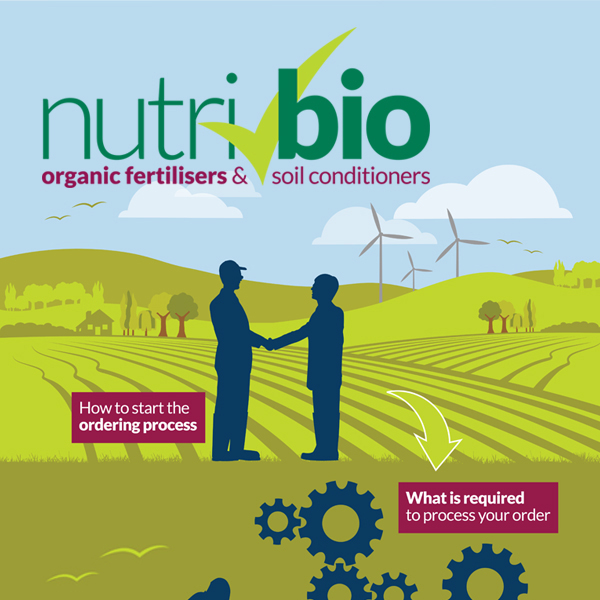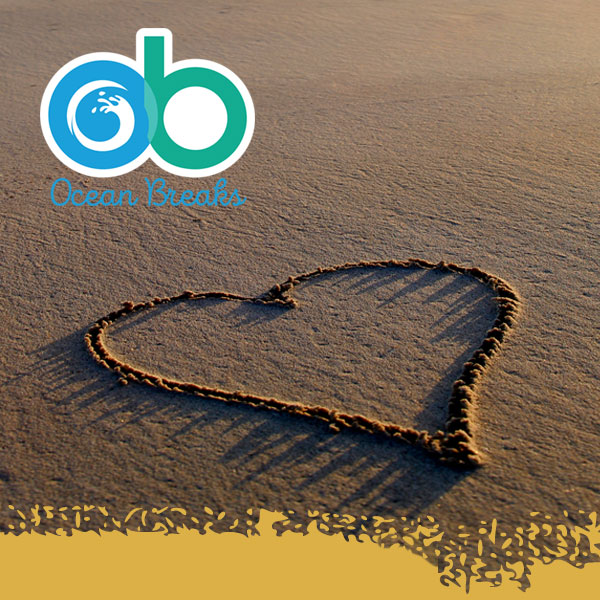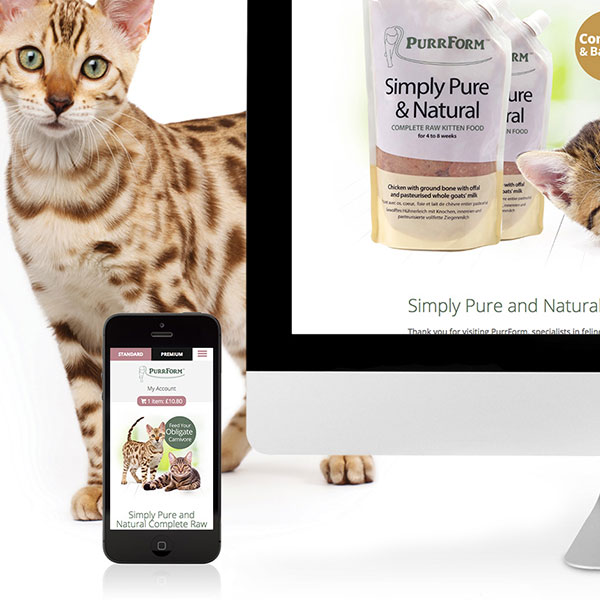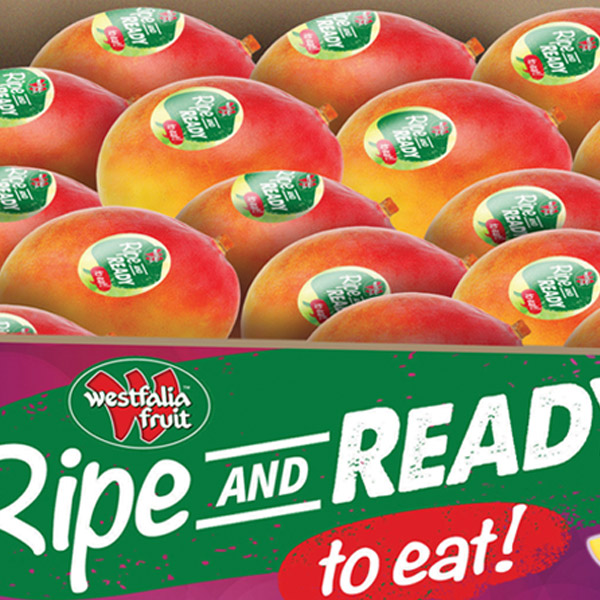Snailmail or Email?
Nowadays print may be seen as lacking the immediacy of digital delivery. Email, social media, cheap, blanket coverage is the way to go right? For some, maybe. But not for all. Research has shown that many customers still prefer the tactile experience of a piece of print, that cannot be replicated by an electronic format.
Of course email is faster than snailmail. The click of a button and woosh!, it’s in your customer’s inbox. Or is it? Many emailed newsletters get intercepted by the spam filters and are never seen by the intended recipient. Many people receive so many communications via email that it’s often a case of ‘blink and you miss it’ when it comes to a newly delivered e-newsletter.
Snailmail may take an extra day to arrive, but when that newsletter arrives, it’s there on the desk – a physical object, something to hold, to touch, to flick through, to relax with, to provide a welcome break from staring at a screen all day. And it has a greater chance of standing out amongst the daily post, given the overall decline in posted material.
Aside from speed, email’s big advantage is cost. Once you’ve written and designed your newsletter, it’s ready to go. One click of the ‘send’ button and all your customers have got it. But how many actually read it? How many give it more than a cursory glance before trashing it? Especially if they get one from you every day. And that one of yours is just one of a dozen or more from other suppliers – both potential and actual. Print is seen as having more weight, literally and figuratively. The printed word is considered to have substance and credibility. Surveys frequently show that consumers would rather read the printed word than the on-screen word – whether that applies to reports or spreadsheets or newsletters.
Given that email newsletters are easier to ignore, printed newsletters are the more successful format in terms of response rate. The benchmark of a good response rate for a direct mail newsletter has always been considered 3-5%; for email a good response is 1⁄2%.
‘Put simply, printed newsletters have more influence’
The question, though, is which is better? For most companies, the answer is likely to be both. Since the delivery mediums are so different, and because each type of newsletter has its unique virtues, it’s a good idea to take advantage of both print and e-newsletters. Utilising both methods allows you to build powerful brand recognition.
Your daily or weekly e-newsletters supplement your quarterly print newsletters. The printed form can be seen as lending credibility to your e-newsletters by reminding customers you’re a real, substantive business.
Newsletters are one of the most powerful ways to build lasting relationships with your customers. Harnessing the power of both e-newsletters and print newsletters enables you to boost brand recognition and raise profit margins.



 Elevate your website’s performance with proactive maintenance
Elevate your website’s performance with proactive maintenance